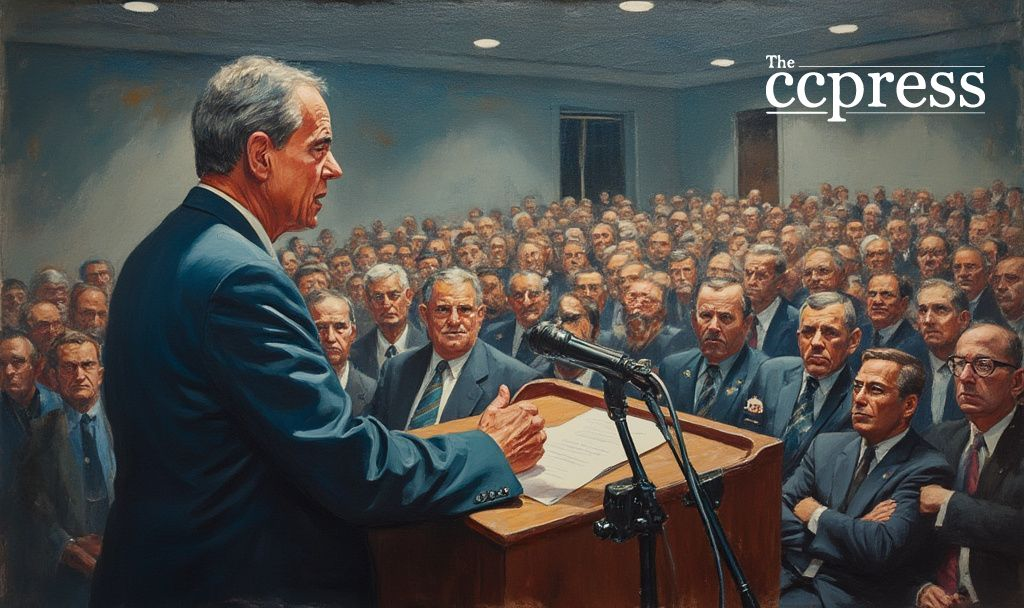- High-tech manufacturing renaissance with $4 trillion domestic investments.
- New tariffs impact consumer prices by $2,700 to $3,400 annually.
- Potential for both domestic growth and international trade challenges.
Lutnick claims these tariffs will protect national interests and bolster sectors like semiconductors, despite economists citing household cost hikes.
Commerce Secretary Lutnick’s Announcements
Commerce Secretary Lutnick announced a 10% tariff on imports and additional taxes on countries with unfair trade practices. He stated this will foster a “renaissance” in U.S. manufacturing. Key sectors impacted include semiconductors and high-tech industries.
Impact on Automotive Sectors
U.S. automakers received a one-month tariff exemption, allowing them to remain competitive. Companies like Ford and GM expressed gratitude and highlighted opportunities for domestic investments prompted by these policies.
Economic Predictions and Market Optimism
Economists predict increased consumer prices due to these tariffs, with costs estimated to add $2,700 to $3,400 per household annually. While market optimism was expressed by some sectors, key figures warn of potential international retaliation. The fiscal, economic, and distributional impacts of US tariffs have been analyzed extensively.
Strategic Domestic Production Aims
The U.S. aims to reduce dependence on imports from countries like Taiwan and South Korea, focusing instead on domestic production. The approach is positioned as a measure of economic security and national interest protection. Lutnick emphasized:
“These tariffs will spark the greatest renaissance of manufacturing in America, with $4 trillion investing domestically, creating high-paying jobs in sectors like semiconductors and high-tech manufacturing.”
Historical Context and International Trade Dynamics
Historical tariff initiatives had mixed results, raising questions about reciprocated trade measures. Analysts caution about the balance between enhancing domestic industries and possibly igniting international trade disputes. Experts underscore potential shifts in regulatory environments, as these tariffs reshape global trade dynamics. Market analysts reference historical trends and caution about potential international reactions, requiring vigilant observation of these emerging trade policies. The broader strategy for economic security has become a focal point in recent discussions.
